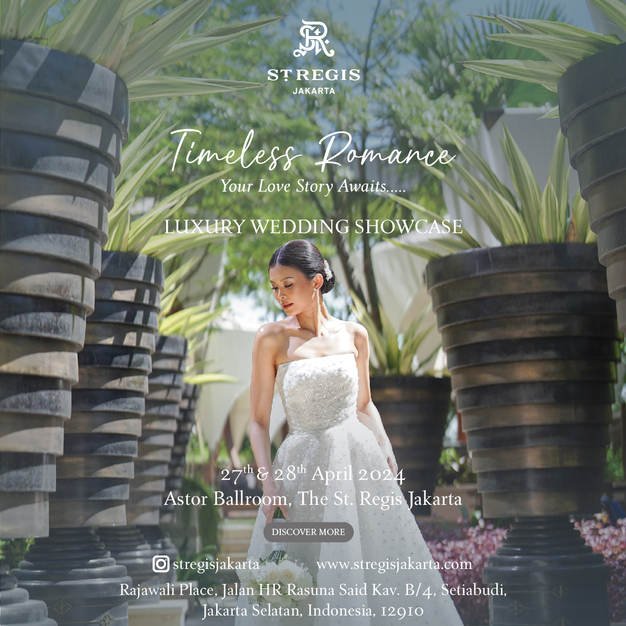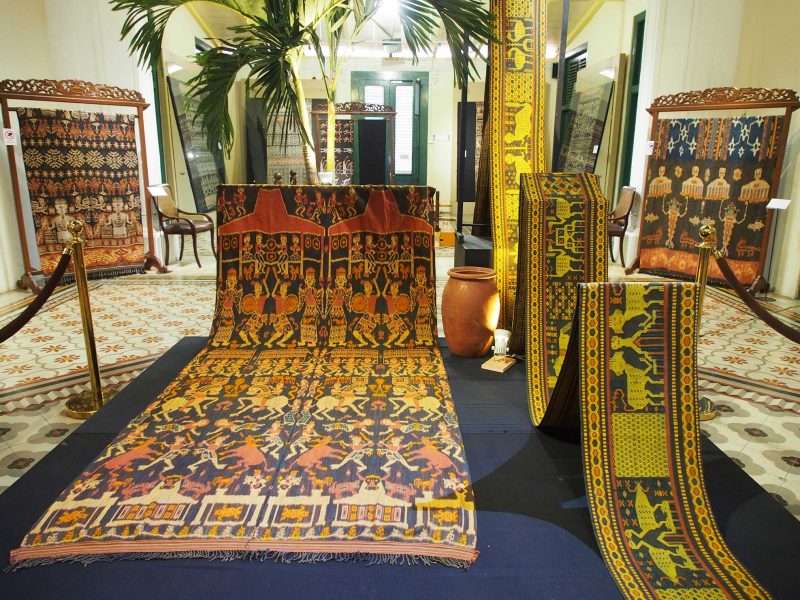The government, private associations and other local initiatives are now beginning to use tenun ikat Sumba–traditional, handwoven textiles from Sumba–to promote cultural tourism in the region of East Nusa Tenggara; but behind this economic agenda, tenun ikat Sumba still stands as an ancient cultural icon with a remarkable story to tell.
President Joko Widodo travelled to Southwest Sumba in July this year to join a local festival that celebrated tenun ikat Sumba. During his visit, the president took time to remind the denizens about the importance of appreciating their personal cultural artefacts from around the region. He even stressed that the government must, “…intensively promote the culture and tourism in Sumba through social and electronic media, as well as photographers and bloggers, so that the uniqueness of Sumba can be better understood.’
The president made it clear that Sumba’s wealth of cultural traditions would be a huge investment in the Indonesian tourism sector. And that the handwoven fabric will play a huge role in achieving that goal.
However, tenun ikat Sumba is much more than a piece of fabric that can be turned into a money-making machine. The people of Sumba regularly use the fabric in important life rituals such as welcoming the birth of a child, celebrating a wedding and honouring the deceased. This further illustrates how the traditional handwoven fabric is so intrinsically attached to the daily routines of the Sumbanese.
Local artists reveal that the fabric not only symbolizes their culture but also serves as a message passed on by the ancestors to future generations. It is crucial for these artists to capture the spirit and philosophy of the textile. Each of the pattern shown on the fabric symbolizes a certain meaning. Horses and dragons represent power and masculinity; crocodiles represent loyalty and honesty; while snakes and shrimp represent the eternal afterlife.
While plenty of Indonesians wear tenun as a tribute to the broader Indonesian culture, few of them are actually aware of the extremely intricate process behind making the fabric. Prior to the start of working the fabric, artists must first search for natural materials and colouring. Then, work starts on the patterns by tying tiny strings together with lontar leaves. This is the most difficult part of the process, as it will determine the outcome and artists must ensure the colour of the pattern is different from the base colour. Artists might also need to go through other stages at this point. They include drying the fabric, soaking them in candlenut oil or–in some cases–artists must retain the colour by keeping the fabric in a closed container. For this reason, it takes months and sometimes even years to create one sheet of fabric.
For the past several months, governmental and private associations have organized a series of events to raise people’s awareness about Sumbanese tenun ikat. Internationally-acclaimed fashion house Biyan, for example, recently showcased its latest collection that highlighted the vibrancy and intricacy of the art. The fashion house is also collaborating with local NGO Rumah Asuh to build houses for artists in Sumba to help sustain the production of the ancient fabric. Others like local actress Dian Sastrowardoyo also came up with a similar initiative by holding a tenun ikat exhibition.




